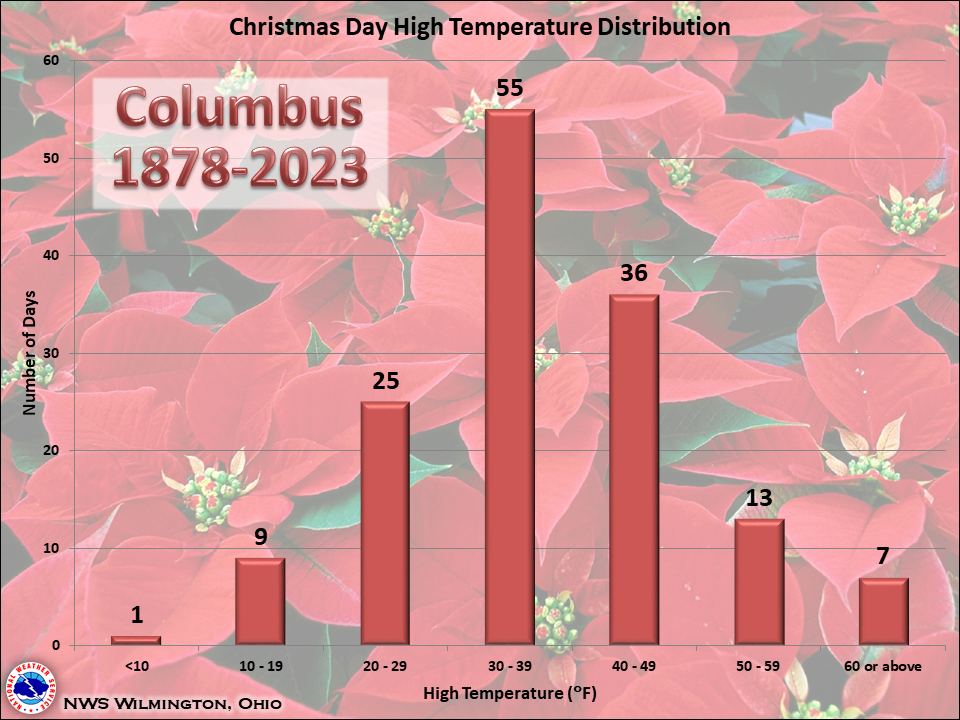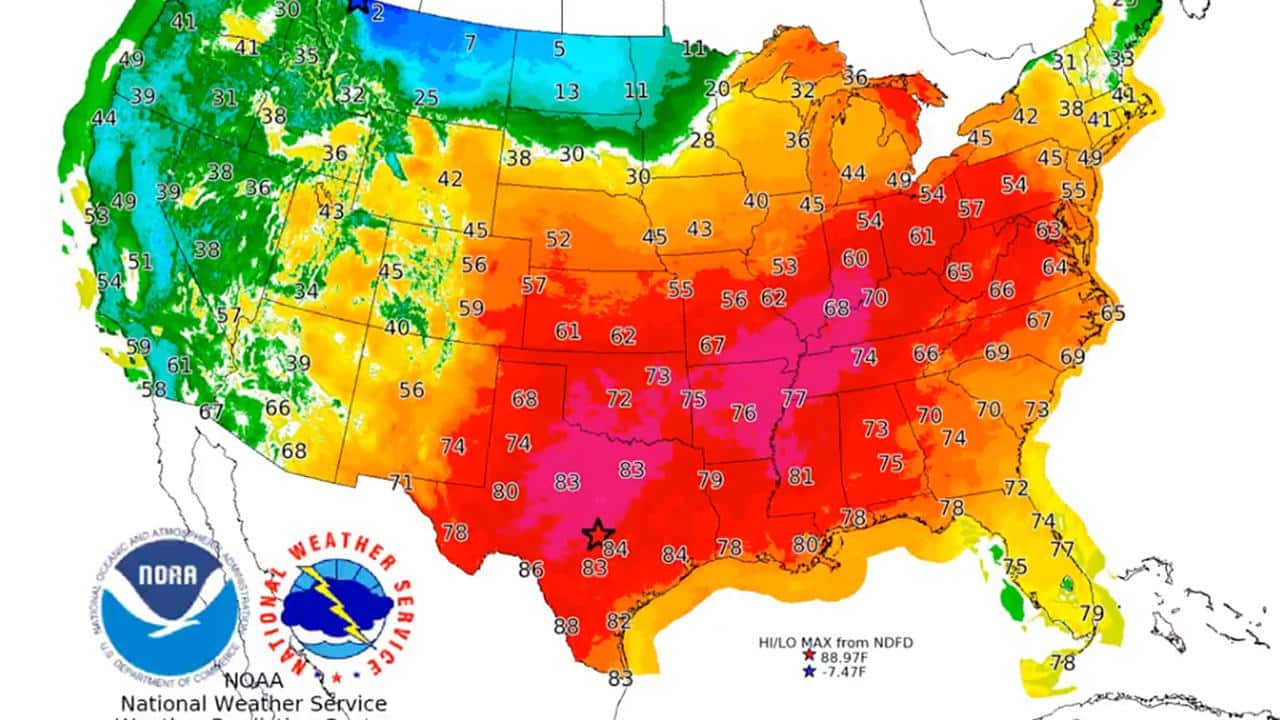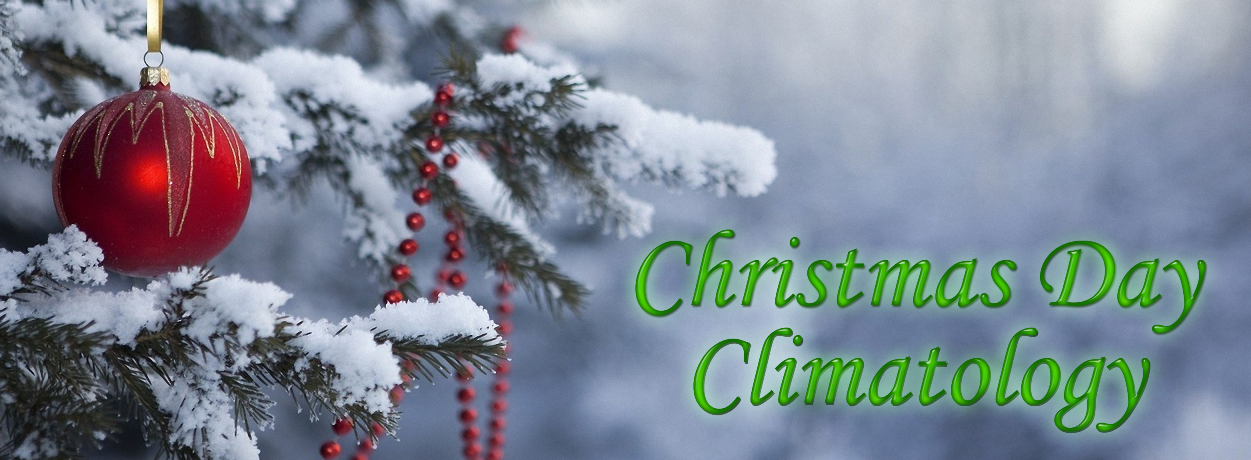A Look at Christmas Weather in Ohio: Understanding the Variability
Related Articles: A Look at Christmas Weather in Ohio: Understanding the Variability
Introduction
With great pleasure, we will explore the intriguing topic related to A Look at Christmas Weather in Ohio: Understanding the Variability. Let’s weave interesting information and offer fresh perspectives to the readers.
Table of Content
- 1 Related Articles: A Look at Christmas Weather in Ohio: Understanding the Variability
- 2 Introduction
- 3 A Look at Christmas Weather in Ohio: Understanding the Variability
- 3.1 Factors Shaping Ohio’s Christmas Weather
- 3.2 Historical Trends and Variability
- 3.3 Importance of Understanding Christmas Weather
- 3.4 FAQs about Christmas Weather in Ohio
- 3.5 Conclusion
- 4 Closure
A Look at Christmas Weather in Ohio: Understanding the Variability

Ohio, known for its diverse landscapes and fluctuating weather patterns, presents a unique challenge when it comes to predicting Christmas weather. While the state is often associated with snowy winters, the reality is more nuanced, with a wide range of possibilities from mild temperatures and rain to frigid conditions and heavy snowfall. Understanding the factors that influence Ohio’s Christmas weather provides valuable insight for planning festive activities and preparing for potential challenges.
Factors Shaping Ohio’s Christmas Weather
Several key factors contribute to the diverse Christmas weather scenarios in Ohio:
1. Latitude and Geographic Location: Ohio’s mid-latitude position places it within the path of various weather systems, including those originating from the Arctic, the Gulf of Mexico, and the Pacific Ocean. This geographical positioning exposes the state to a variety of air masses, influencing temperature and precipitation patterns.
2. Lake Erie’s Influence: The presence of Lake Erie, a large body of water bordering the northern part of the state, significantly impacts local weather. Lake-effect snow events, driven by cold air moving over the relatively warm lake surface, can bring heavy snowfall to the region, particularly during the winter months.
3. The Jet Stream: The jet stream, a fast-moving air current in the upper atmosphere, plays a crucial role in steering weather systems. Its position and strength can influence the direction and intensity of storms reaching Ohio, impacting Christmas weather conditions.
4. La Niña/El Niño Cycles: These climate patterns in the Pacific Ocean can have a global influence, including impacting winter weather in Ohio. La Niña, characterized by cooler-than-average sea surface temperatures in the central Pacific, often leads to colder and snowier winters in the Midwest, potentially influencing Christmas weather. Conversely, El Niño, associated with warmer-than-average sea surface temperatures, tends to bring milder and wetter conditions.
Historical Trends and Variability
Examining historical Christmas weather data in Ohio reveals a clear trend of variability. While snowfall is not uncommon, the amount and timing can vary significantly from year to year. Some Christmases have been characterized by white Christmases with significant snowfall, while others have been relatively mild with rain or even above-average temperatures.
Analyzing long-term records reveals that the average temperature in Ohio on Christmas Day is typically around 35 degrees Fahrenheit (1.7 degrees Celsius). However, temperatures can fluctuate considerably, ranging from below freezing to above 40 degrees Fahrenheit (4.4 degrees Celsius).
Importance of Understanding Christmas Weather
Understanding the factors influencing Ohio’s Christmas weather is crucial for various reasons:
1. Planning Festive Activities: Whether it’s planning an outdoor Christmas market, a family ski trip, or a holiday light display, knowledge of potential weather conditions allows for informed decisions and adjustments.
2. Ensuring Safety: Severe weather events, such as blizzards or ice storms, can pose safety risks, particularly during the holiday season. Understanding the potential for such events allows for proactive measures to ensure safety and minimize disruptions.
3. Travel Considerations: Christmas is a popular time for travel, and understanding potential weather impacts can help plan routes, book accommodations, and prepare for potential delays or cancellations.
4. Preparing for Holiday Events: Christmas gatherings and celebrations often involve outdoor activities, and knowing the weather forecast helps in planning appropriate attire, securing outdoor spaces, and ensuring the comfort of guests.
FAQs about Christmas Weather in Ohio
1. What is the probability of a white Christmas in Ohio?
The probability of a white Christmas, defined as at least one inch of snow on the ground on Christmas Day, varies across Ohio. Northern regions, particularly those near Lake Erie, have a higher chance of a white Christmas compared to southern regions. However, even in northern Ohio, a white Christmas is not guaranteed every year.
2. How does Lake Erie affect Christmas weather?
Lake Erie’s presence significantly influences Christmas weather in northern Ohio. Cold air moving over the relatively warm lake surface can create lake-effect snow, bringing heavy snowfall to the region. This effect can be particularly pronounced during the winter months, potentially impacting Christmas weather.
3. How reliable are Christmas weather forecasts?
While weather forecasting technology has advanced significantly, predicting weather several weeks in advance remains challenging. Short-term forecasts, typically a week or less before Christmas, tend to be more accurate. However, significant changes in weather patterns can occur, making long-range forecasts less reliable.
4. What are some tips for preparing for Christmas weather in Ohio?
- Stay informed: Monitor weather forecasts regularly, particularly in the days leading up to Christmas.
- Prepare for various conditions: Have appropriate clothing, including warm layers, winter boots, and waterproof outerwear, ready for a range of potential weather scenarios.
- Check travel conditions: Before embarking on any road trips, check for potential road closures, advisories, or delays due to snow or ice.
- Have a backup plan: Consider alternative indoor activities or locations in case of inclement weather.
- Be prepared for power outages: Have flashlights, batteries, and a plan for alternative heating sources in case of power outages.
Conclusion
Ohio’s Christmas weather is characterized by its variability, influenced by a complex interplay of factors. While predicting the exact conditions weeks in advance remains challenging, understanding the contributing factors and historical trends provides valuable insight for planning, preparing, and enjoying the holiday season. By staying informed, taking appropriate precautions, and adapting to potential weather changes, Ohioans can embrace the festive spirit, regardless of the weather forecast.


.png)





Closure
Thus, we hope this article has provided valuable insights into A Look at Christmas Weather in Ohio: Understanding the Variability. We appreciate your attention to our article. See you in our next article!